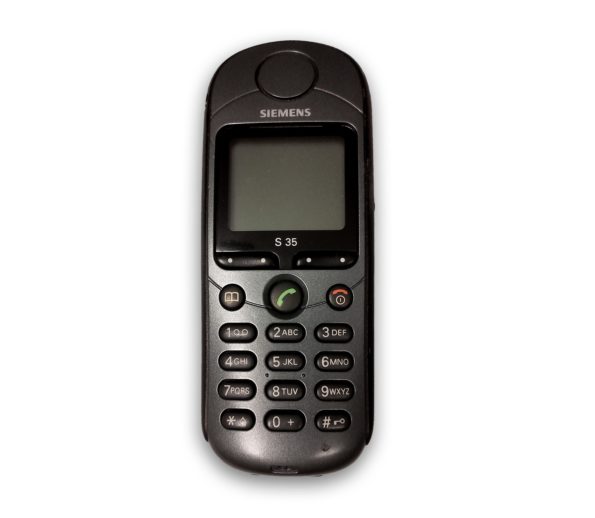
The TopSec GSM cryptophone used by former German chancellor Gerhard Schröder
The TopSec GSM cryptophone used by Chancellor Schröder and on display in the German Spy Museum was the first ever mass-produced encrypted mobile telephone. It was based on the Siemens S35i mobile telephone developed as a joint venture between Siemens and Rohde & Schwarz.
[...]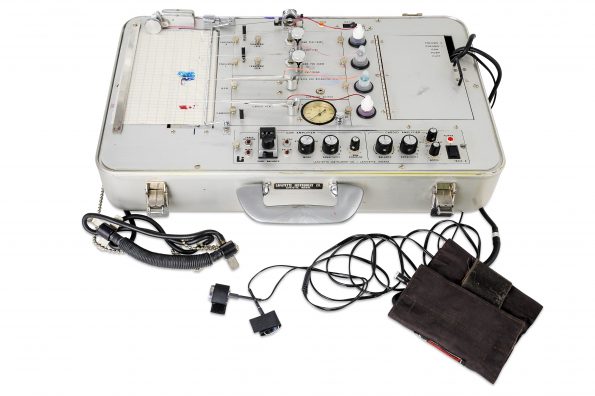
Lafayette model 76056 polygraph
A number of countries make considerable use of polygraph tests, more commonly known as “lie detectors”. The German Spy Museum has a model of polygraph commonly used by various US intelligence and law enforcement agencies in the 1970s: the Lafayette model 76056 polygraph.
[...]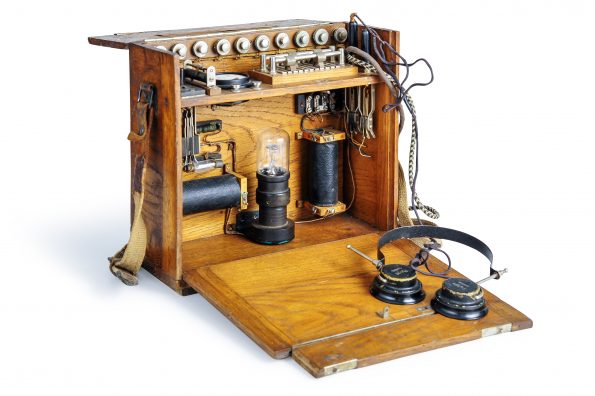
BW Poppr field telephone listening device
One of the first methods of surveillance of mobile field telephones was developed during the First World War. The German Spy Museum Berlin is in possession of one of the last remaining examples of the Abhorchapparat BW Poppr field telephone listening device.
[...]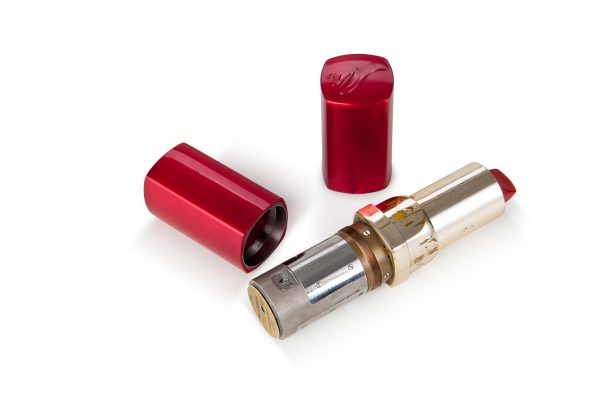
ZVOUK lipstick camera
Intelligence agencies are well-versed in hiding cameras in a range of clandestine locations. Female KGB agents were issued with a camera installed in a regular lipstick. The German Spy Museum has an example from the 1980s, the ZVOUK lipstick camera.
[...]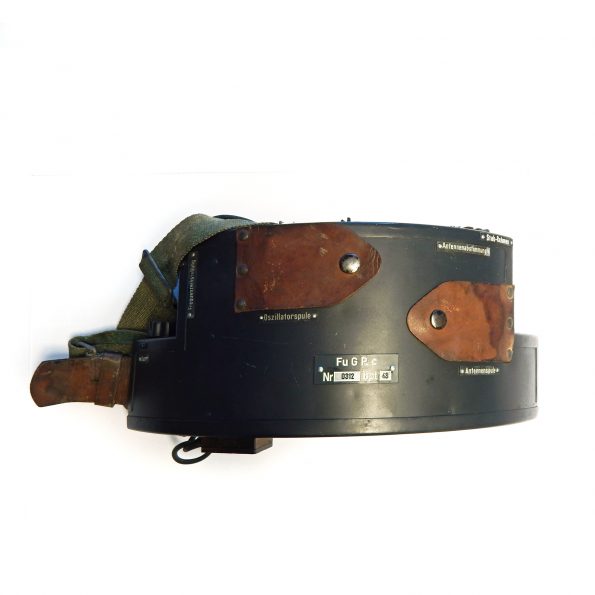
The “Gürtelpeiler”, a wearable radio signal interceptor
Seeking to surprise enemy agents during Wolrd War Two, the German police developed a radio direction finder that was small enough to be worn around a persons’ midriff. After it had proven successful, the Gürtelpeiler was provided to all German intelligence organizations.
[...]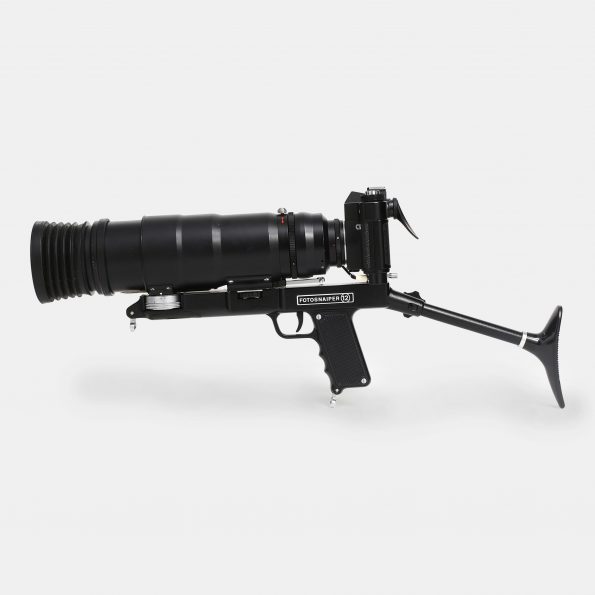
Photo snaiper
The “photo snaiper” – precision long-distance photography Spies nearly always need to take photographs, and sometimes from very difficult positions, either close up or from a distance. Seeking to enable agents to conduct long-distance surveillance operations, the Soviet company KMZ (Krasnogorsker Mechanikfabrik) developed an exceptional long-range camera: the Photo Snaiper. Based close to Moscow, the
[...]